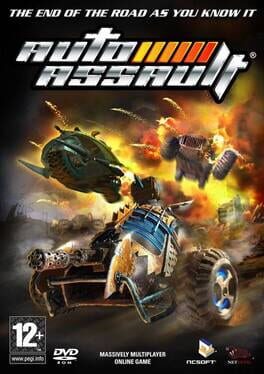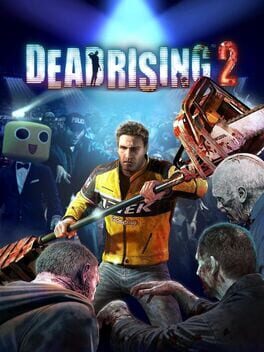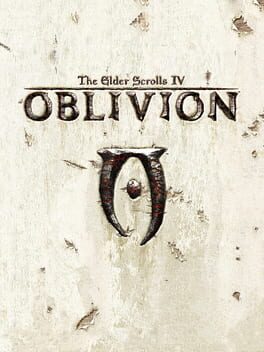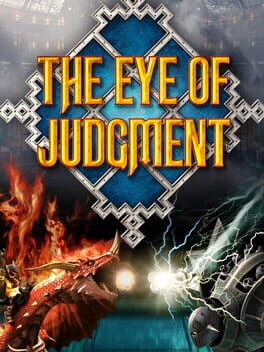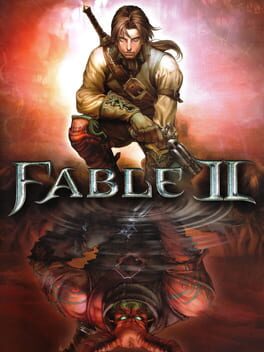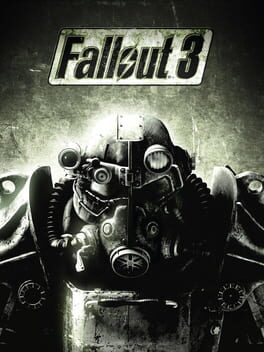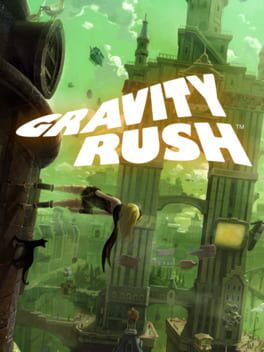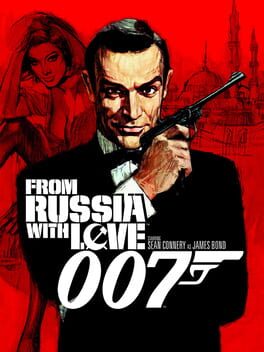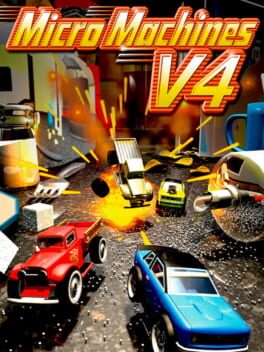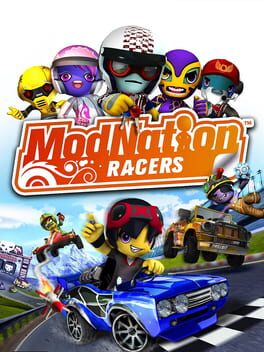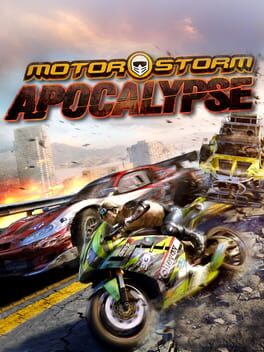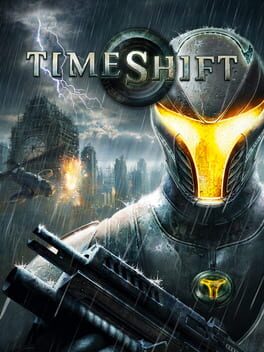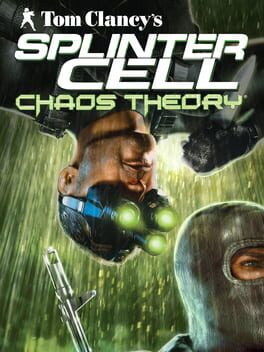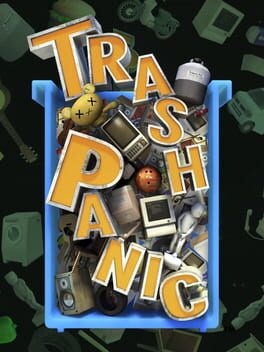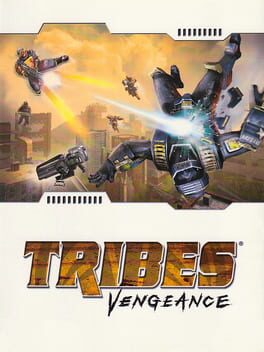Ragdollmania: Havok Physics and its Showcase Games
Around 1996, a group of graphic design and programmers working at Trinity College in Dublin, Ireland experimented with simulating real-time glass shattering. They soon formed Havok, a middleware developer who would release a soon revolutionary, self-titled physics engine suite. Havok Physics gave other developers the tools with which to add lifelike physics rendering and interaction to their video games. We're accustomed to Havok and competing alternatives today, but the mid-2000s saw a lot of fanfare around games which heavily used it. A classic example is Half-Life 2's Gravity Gun puzzles, or the ragdoll-based environmental destruction in PAIN. Other games used blended ragdoll physics for visual effect more than gameplay, such as Max Payne 2. Intel and Microsoft have owned this tech over the years, but it paved the way for PhysX and other, similar middleware of renown.
This list collects all the most noteworthy games using Havok Physics, from oldest to newest. Because there are hundreds of releases which use Havok tools, I want to focus on the standout examples which popularized the Physics middleware. This means some Source Engine titles will count (ex. Garry's Mod), but most of the non-Valve or non-commercial games likely won't qualify.
Feel free to recommend games which have Havok Physics and which you can explain the significance of in a sentence or more. I'm using MobyGames to sort through and add the initial list, but let me know if a game's misreported as having/using any Havok middleware.
This list collects all the most noteworthy games using Havok Physics, from oldest to newest. Because there are hundreds of releases which use Havok tools, I want to focus on the standout examples which popularized the Physics middleware. This means some Source Engine titles will count (ex. Garry's Mod), but most of the non-Valve or non-commercial games likely won't qualify.
Feel free to recommend games which have Havok Physics and which you can explain the significance of in a sentence or more. I'm using MobyGames to sort through and add the initial list, but let me know if a game's misreported as having/using any Havok middleware.
102 Games
Real-time strategy games and their computational strain on PCs of the era made Havok integration a tough sell, but you gotta start somewhere.
One of the weapons lets you invert gravity, among all sorts of ways to blow foes across the landsape.
Haybale Tower Jump Simulator 9000: Now Powered by Abstergo! (and Havok)
SEGA beat their domestic competitors to adopting Havok, with Astro Boy touting this as a feature well before release. This would pave the way for the engine's reuse in Sonic 2006, among others.
Not that many MMOs using Havok come to mind, so that leaves Auto Assault as the mulligan for my efforts.
This was hardly the meat-and-potatoes collect-a-thon platformer revival fans were hoping for. Still, it's fun to make all kinds of jalopies and ride them through each level and challenge. Havok integration makes for a lot of emergent play just through building and testing vehicles.
The BioShock trilogy retained varying amounts of its im-sim roots, including the Havok implementations found in Ion Storm's games.
Steven Spielberg Presents: Not the First Havok-Enabled Game He's Been Involved In (that'd be Lego Studios Backlot)
While not as showy as Monolith's other release from 2005, Condemned only benefits from using the Irish company's middleware magic.
Of the superhero-ic open-world action games finding breakout success in the late-2000s, this was the major example in the Havok camp. inFAMOUS and Prototype both use different tech, though the former series adopted Havok later on.
One journalist, a zombie-infested mall, and no end of objects to whack 'em around with. Comedy gold.
Hit me up if you wanna play Latria Bridge Bowling. There's plenty of fresh meat lying around.
Flinging everything around with your tractor beam never ceases to delight me.
For all this game's problems, it does have some excellent ragdoll fun. Knocking the dead and unconscious into garbage bins never gets old.
Stop right there, criminal scum! [is promptly yeeted into the Cyrodiil skies in a display that would make Morrowind players jealous, at least for a bit]
The PlayStation Eye itself was ill-fated, but at least The Eye of Judgment got to shine and look damn pretty. Havok facilitated most of the real-to-virtual AR presentation, of course.
Replicating the famous "bullet time" effect from John Woo's films became way easier with Havok. F.E.A.R.'s iconic gunplay and combat loop owes much to this engine.
Digital Anvil also used Havok in Brute Force that same year.
It's not the carefully planned physics playground that Valve had in mind, but GMod was (and still is) the epitome of "anything goes" Gravity Gun sandbox mayhem.
I mean, it's Half-Life 2. Gravity Gun, kicking that can, ragdoll-ing Combine and the undead across corridors, and those memorable vehicle sequences...Havok made them all work. There's no turning back from here.
Of the sci-fi FPSes from 2004, Halo 2's usage of Havok is maybe the sneakiest due to how it resembles the physics animations from Halo: Combat Evolved. Bungie continues to use Havok for their most recent works, so I suppose this worked well for them.
Forge's ease-of-use for level and game mode making meant tons of user-created content built around the Havok engine used here.
Water physics were another important pillar of the Dublin devs' platform, something which Hydrophobia specializes in. Much of the game seems like a tech demo for how far the PS3 could push Havok.
Havok's next-gen promises could still work on previous-gen hardware, which AAA late-comers like From Russia to Love proved quite handily.
Ditto!
Fun fact: one of the original Hitman's programmers wrote his own physics simulation tech just for that game's proprietary engine. He used verlet integration (aka Newtonian equations) to produce similar but less expensive results as full-body rig physics or the blended model used by Havok. Seems like IO Interactive had more conventional ideas by the time they made Kane & Lynch.
lol, it does fit though
The people who brought us Mata Nui Online Game had even loftier aspirations for this Macromedia Shockwave cult classic. Textured 3D levels with Havok physics puzzle, all on Internet Explorer? It's more likely than you think. This remains one of my favorite examples of early Havok games.
The original London Racer from 2000 isn't on IGDB yet for some baffling reason. It was the very first released game to use Havok, and the sequels followed suit. We can laugh at the game's actual quality, but the middleware got its first public test here.
Bionic Commando's spiritual successor needed a robust physics engine to power its grappling hook-centric moments. So it goes.
Here's the first high-profile game to feature Havok's signature ragdolls. Slow down time and watch the corpses fly!
Pandemic Studios got a lot of usage from their Havok license, like in this vehicular combat-heavy romp.
We're reaching the point where, while still visible and impressive for the era, Havok Physics was beginning to blend into the background. Something Micro Machines V4 uses it in more workmanlike ways, but it's an example of the software helping its developers despite minimal ragdoll-ing.
If I had to speculate, the Havok implementation here pertain as much to track creation as it does for the racing itself. Really wish I could play this online again.
The PS3's early lineup went hard on physics showcases, and this series of destruction-heavy racers was right at the forefront. Havok Physics and Sixaxis controls must have been a potent combo at the time.
Portal itself builds off the physics engine made for Narbacular Drop, but adding Havok to that foundation no doubt helped a bunch.
Maybe it's a tad shallow to replay now, but PAIN was an outstanding example of the 2000s physics puzzler, just emphasizing high scores and chucking your ragdoll all over the map.
While not the first FPS to use the engine, this was the earliest notable example, soon eclipsed by a few others in 2004.
Yo dawg, I heard you like telekinesis. So we added Havok Physics into your game, so you can manipulate while you manipulate!
Environmental destruction/deformation was a selling point in earlier Red Faction games, but this was a huge step forward for the series. Volition's in-house coding, together with Havok Physics, allowed for way more damage players could deal to the world around them. Still impressive today.
Speaking of comedy, this more serious debut for Volition's open-world action bonanza still has the physics shenanigans of its sequels.
Having a detailed physics engine in place right from the start was a boon for Second Life early adopters.
Yep, it's more Sonic Riders, just with motion controls and Havok underneath. It'd be a while before a rock-solid Sonic title came around which also used the engine.
If anything, Havok Physics is one of the few successful parts of Sonic 2006, even if the core physics engine is all kinds of busted.
Both this and the later MotorStorm: Apocalypse pushed the envelope for disaster-movie spectacle, enhanced by Havok's improving means of handling environment physics.
RIP my weird and wobbly Creature Creator skrunklies, you shall be missed...
No more hard-coded Force Push/Pull action like in the Jedi Knight days. We've got better means now.
And now, the actual bullet-time action game to use this tech. Took ya long enough.
Some might think of Burnout first when they talk about physics-based stunt racing, yet that's what this HD-era sequel went all in on.
Let's not blame the Dublin people for pratfalls or poor netcode. All they did was license their industry darling out to Sora, Co. and Nintendo for one of the period's biggest releases.
Ion Storm Austin got a lot outta this new tech with their final games, and it fits right into the serious yet campy tone of Thief's world.
Japan-based developers at large started adding Havok Physics to their games around 2006, possibly because they finally knew of it and had Japanese documentation to work with.
Atop the usual ragdoll-ery, there's now time manipulation adding to the physics puzzling, a potent combo that sadly didn't save this game's prospects at market.
What applies to Thief: Deadly Shadows is the case here too, just with all the realist elements a Tom Clancy game adds.
Neversoft used a fixed physics system throughout the classic Tony Hawk era, but transitioned to Havok right as the new console lifecycles were beginning.
Look no further for a prime Havok-era physics puzzler. That's all it's about and damn does it seem to work.
This was an easy fit, given the previous Tribes entries' potential for virtual pillow forts and gratuitous air time.
I'm unsure how many puzzles or set-pieces rely on anything unique to Havok, but it's cool to see developers working in less conventional genres get some use out of it.
As seen in Invisible War, the arrival of affordable physics simulation did wonders for immersive sims like Bloodlines.






